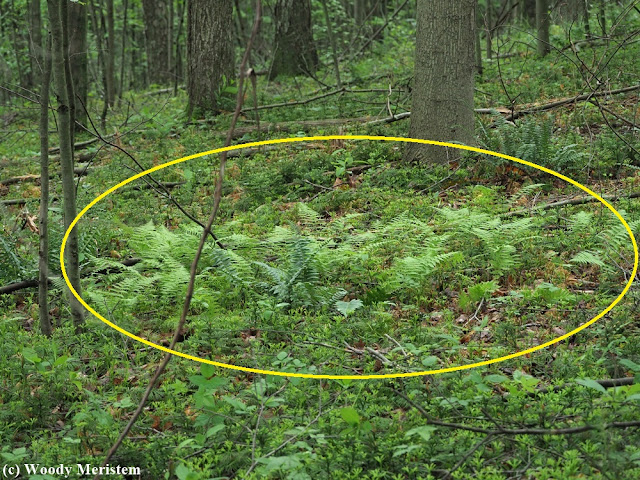Britain's Royal Entomological Society has designated June 24-30 as Insect Week 2024. Insects have been described as “the little things that run the world” and indeed in many ways they do.
They’re the chief pollinators of flowering plants, including many plants that we depend upon to feed us. They’re also some of the most important decomposers of things dead, helping to keep the surface of the earth from being covered with the corpses of formerly living plants and animals. Few songbirds, including species that are primarily seed eaters, could raise their young without the protein derived from the insects that nestlings are fed.
Hopefully you’re not one of those people who lump all insects as “bugs” fit only for spraying with an insecticide or squashing beneath your foot.
Unfortunately insects populations appear to be declining rapidly (including here at our place) for reasons as yet unknown, although there are a number of suspects. To celebrate Insect Week, here are a few of the many insects I’ve photographed over the years –
So give thanks for the insects that pollinated your apples, tomatoes, potatoes, strawberries and coffee; the insects that fed the bluebirds and chickadees; and the insects that helped dispose of that road-killed deer.
But go ahead and swat that mosquito.

.JPG)
.JPG)

.JPG)
.JPG)
%20-%20click%20beetle.JPG)
.JPG)
.JPG)
.JPG)
.jpg)
.JPG)
.JPG)
.JPG)
%20-%20gypsy%20moth%20parasite.JPG)
.JPG)
.JPG)
.JPG)
.JPG)
.JPG)
.JPG)
.JPG)
.JPG)
.JPG)
.JPG)
%20(1).JPG)
.jpg)
.JPG)
.JPG)
.JPG)
.JPG)
.JPG)
.JPG)
.JPG)
.JPG)
.jpg)
.JPG)
.JPG)
.JPG)
.JPG)
.JPG)
.JPG)
-DeNoiseAI-standard.jpg)
.JPG)
.JPG)
.JPG)
.JPG)
%20-%20June%201978-DeNoiseAI-standard.JPG)
.JPG)
.JPG)
-DeNoiseAI-standard.JPG)
-DeNoiseAI-standard.JPG)
%20-%20nest.JPG)

-DeNoiseAI-standard.JPG)
-DeNoiseAI-standard.JPG)
-DeNoiseAI-standard.JPG)
-DeNoiseAI-standard.JPG)
-DeNoiseAI-standard-DeNoiseAI-standard.JPG)